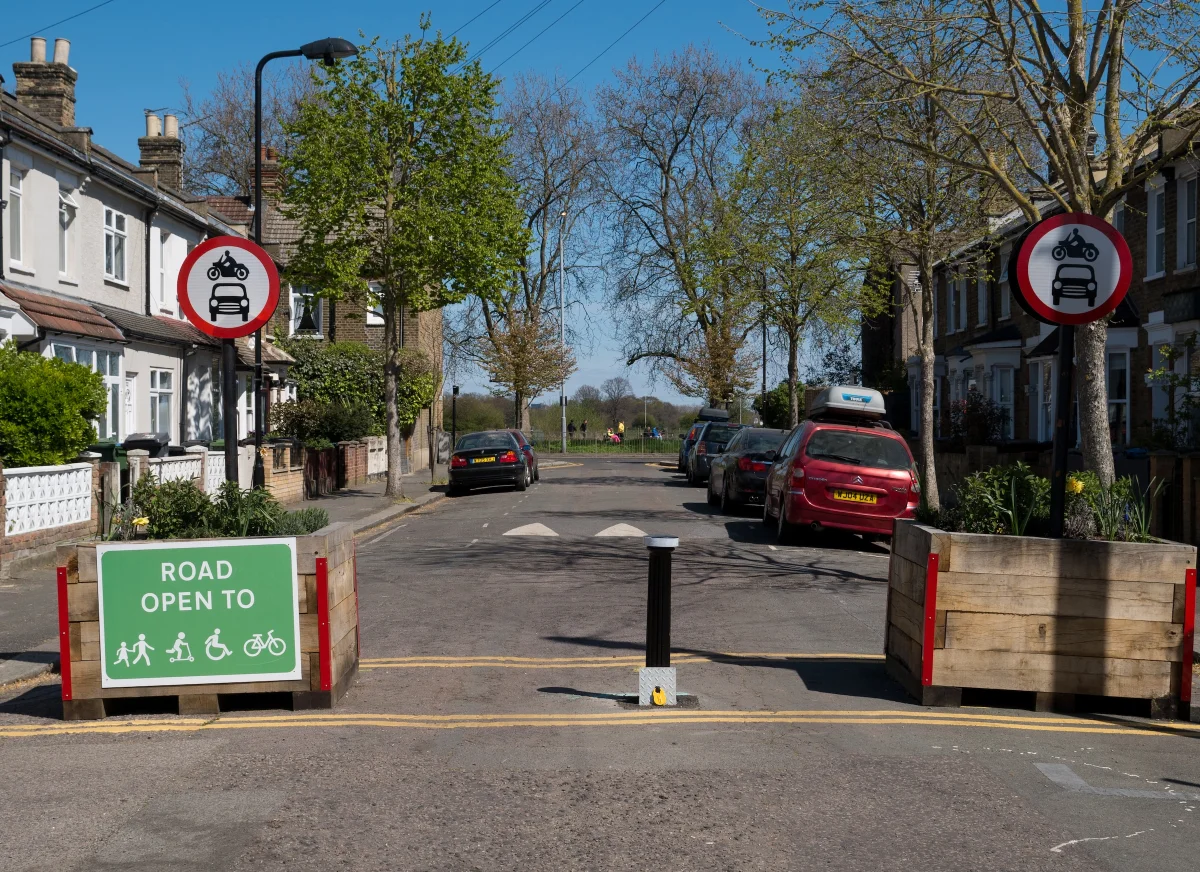200% increase in the number of Penalty Charge Notices for Low Traffic Neighbourhood violations in 2021-22

Photo by Matt Seymour on Unsplash
In 2020-21 motorists, delivery companies and even the police were issued with 372,257 fines, this increased 30% to 752,988 in 2021-22, totalling around £69 million, (based on a FOI request by the Tax Payers Alliance).
With 103 permanent Low Traffic Neighbourhood areas operating in 2023, an 18% increase, how do you avoid penalties and fines?
Total of Low Traffic Neighbourhood fines
Since LTN’s were introduced in 2019 over £100 million in fines have been issued. In the first five months of 2023 this has reached £10.9 million. Even the Met Police have been issued with around 25,000 fines for violations of LTN’s since they started, mainly for unmarked police cars entering the zones while not responding to an emergency.
Lambeth council handed out the highest number of fines totalling 147,612, with each fine costing £130 the total receipt by the council was £19,189,560.
How are Low Traffic Neighbourhoods enforced?
Why are Low traffic Neighbourhoods controversial?
Since they were introduced as a means of reducing emissions in a residential zone by eliminating the use of vehicles, they have been controversial. From issues caused by residents simply wishing to use their cars, to problems making larger deliveries into the areas and whether or not the LTN’s just increase the traffic on the outer roads that avoid the LTN’s and simply move the problem elsewhere. Established as a component of a government-funded initiative in 2019-20 the aim was to offer cleaner and safer environments that encouraged increased physical activity, including cycling and walking, this was also heavily influenced by the Covid pandemic at the time, limiting the use of public transport.
The UK Government has now ordered the Department for Transport to review LTN’s and discover if they are actually working. It wasn’t stated what might happen after the review, but all funding for new LTN’s has been stopped until the DoT reports back.
How to overcome LTN’s.
Low Traffic Neighbourhoods make home deliveries more complicated; retailers and delivery companies need to plan effectively around the constraints to provide a service that consumers have come to expect or plan routes that avoid LTN’s.
Contact us for more information on route optimisation and efficient last-mile deliveries.
